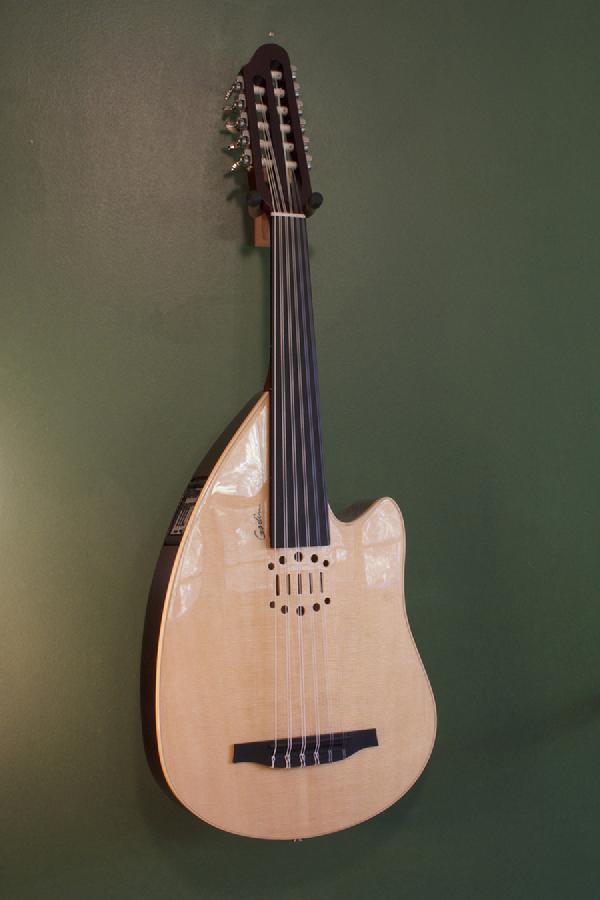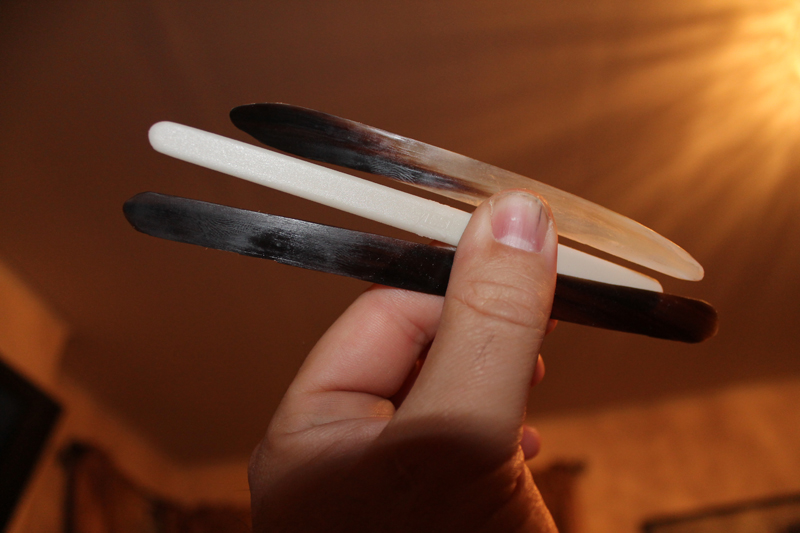The implementation of sensible Public Health Policies has always been an uphill battle and the battle never seems to end. The American novelist Sinclair Lewis in his 1925 novel Arrowsmith explored the issues that faced a young idealistic physician in pursuing an ethical career in medicine. In that era American main stream physicians resented Public Health policies that, in their view, threatened to interfere with their ability to make a living. In the course of the novel Lewis describes many aspects of medical training, medical practice, scientific research, scientific fraud, medical ethics, public health, and of personal/professional conflicts that are still relevant today. Thankfully the discussion seems to have moved on and in this modern era the medical professions support evidence based scientific Public Health Policies. Yet despite the over whelming evidence in support of mass immunization there are continuing efforts to undermine the logic, efficacy and efficiency of modern day programs. In the past children were at risk from any number of infectious diseases. Modern immunization programs and Public Health policies and initiatives have largely made a significant number of those risks things of the past. Yet we seem to have forgotten that in our life time and in our parent’s life times Diphtheria, Whooping Cough, Tetanus, Smallpox and Polio and a whole host of infectious disease that were very real problems have now been brought under control by public health initiatives. We are in awe of the spectacular achievements of modern medical and surgical technology and we seem to forget the less dramatic efforts of the quiet revolution in hygiene, sanitation and public health that are the real medical achievments of the past century.
One of the casualties of the internet era is the devaluation of the “expert”. Even such august bodies as the CDC (Centre for Disease Control) seem to rate less credibility than the opinion of non-expert celebrities. At the risk of calling upon the non-expert opinion of a celebrity I suggest that the viewing of the attached video by John Oliver is a worth while exercise in getting a balanced view of the battle over immunization. I also think it is an indictment of the current state of affairs that the programs of comedic social commentators like John Oliver , Stephen Colbert and John Stewart are more likely to be factual than the “alternate facts” perpetuated by certain politicians.
PS. The Novel Arrowsmith has been compared with The Citadel published by British novelist A.J. Cronin in 1937. The Citadel also deals with the life experiences of a young idealistic doctor who tries to challenge and improve the existing system of medical practice.
@@@@@@@@@@@@@@@

 of music. So much so that I got my hands on a Godin MultiOud. This is an instrument manufactured in Quebec and for want of a better description it is a recent attempt to emulate the traditional Oud for a guitar friendly clientele. It is a fret less nylon strung instrument with a single bass string and the remaining 10 strings as 5 courses of unison strings. The strings can be tuned in a number of traditional systems (Turkish, Turkish/Armenian, Arabic, Syrian or Egyptian). Godin, the manufacturer of the instrument, suggests using the Syrian system – F A D G C F (low string to high). I believe this is the system Anouar Brahem uses. Because I play a number of other similar instruments I have chose to use a modified Syrian system – D A D G F C). Like the traditional Oud the MultiOud is played with a unique plectrum called a
of music. So much so that I got my hands on a Godin MultiOud. This is an instrument manufactured in Quebec and for want of a better description it is a recent attempt to emulate the traditional Oud for a guitar friendly clientele. It is a fret less nylon strung instrument with a single bass string and the remaining 10 strings as 5 courses of unison strings. The strings can be tuned in a number of traditional systems (Turkish, Turkish/Armenian, Arabic, Syrian or Egyptian). Godin, the manufacturer of the instrument, suggests using the Syrian system – F A D G C F (low string to high). I believe this is the system Anouar Brahem uses. Because I play a number of other similar instruments I have chose to use a modified Syrian system – D A D G F C). Like the traditional Oud the MultiOud is played with a unique plectrum called a  vehicle for authentic Oud music it is, to my ear, pretty convincing. It has a number of advantages over the traditional Oud. The friction tuning pegs have been replaced with the more conventional guitar tuners. The flat backed body is more comfortable for a performer. The cut away body makes it easier to reach higher positions on the neck. The built in Fishman Tuner and pickup has a number of variable parameters to allow the performer to sculpt a preferable sound. For guitarists one of the major hurdles to playing the Oud or the MultiOud is getting used to the fret less fingerboard. I am still struggling with the MultiOud but my ambition is to one day play a credible version of the Astrakan Cafe. Check the above link to see and hear the tune in all its glory and revel in the incredible sound and ambience of the music and marvel at Anouar’s snappy syncopation and improvisations.
vehicle for authentic Oud music it is, to my ear, pretty convincing. It has a number of advantages over the traditional Oud. The friction tuning pegs have been replaced with the more conventional guitar tuners. The flat backed body is more comfortable for a performer. The cut away body makes it easier to reach higher positions on the neck. The built in Fishman Tuner and pickup has a number of variable parameters to allow the performer to sculpt a preferable sound. For guitarists one of the major hurdles to playing the Oud or the MultiOud is getting used to the fret less fingerboard. I am still struggling with the MultiOud but my ambition is to one day play a credible version of the Astrakan Cafe. Check the above link to see and hear the tune in all its glory and revel in the incredible sound and ambience of the music and marvel at Anouar’s snappy syncopation and improvisations.